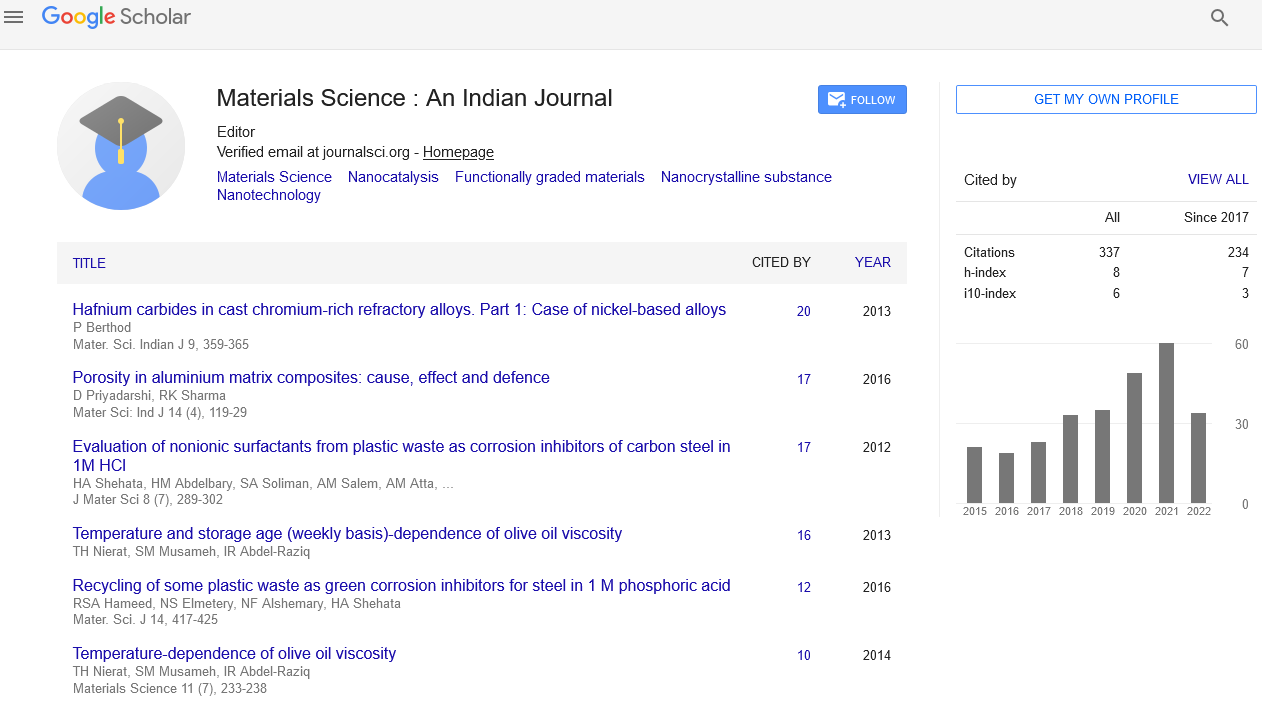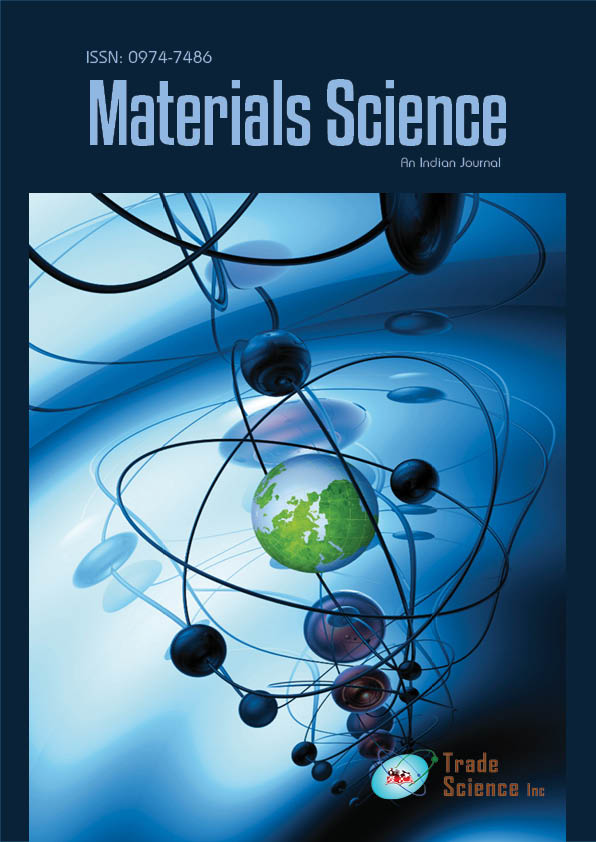Abstract
Infectious Diseases-2015: The antimicrobial peptides delivery strategies based on nanotechnology to treat infectious diseases
Author(s): Groo Anne-Claire1, Matougui Nada1, Umerska Anita1, Håkansson Joakim2, Cassissa Viviane3, Bysell Helena4, Joly uillou Marie-Laure3 and Saulnier Patrick1,3
Due to the increasing problem of resistance to traditional antibiotics, antimicrobial peptides (AMPs) have a huge potential as new therapeutics against infectious diseases as they are less prone to induce resistance due to their fast and non-specific mechanisms of action. The delivery strategies based on nanotechnology has the potential to improve the efficiency and stability of AMPs in clinical development. Moreover, nanocarriers were particularly promising for peptide delivery, controlled release strategies and technologies against proteolytic degradation of peptides. The Polymyxin B is a well-known antimicrobial peptide and was used as model peptide in our study. Lipid nanocapsules (LNCs) are a new generation of biomimetic nanocarriers and were used to deliver the peptide. The aim of the present study was to produce the LNCs with antibacterial activity. We have developed peptide-loaded reverse micelles and incorporated in LNCs by phase inversion process. In order to evaluate theantimicrobial activity, the minimum inhibitory concentration (MIC) was determined via a broth micro-dilution method. The activity of Polymyxin B solution and Polymyxin B-loaded LNCs were studied against the following bacterial Gram-negative strains: Pseudomonas aeruginosa (reference strains), Pseudomonas aeruginosa (clinical strains), Escherichia coli (reference strains), Acinetobacter baumannii AYE (reference strains). Polymyxin B was efficiency encapsulated in LNCs using reverse micelles and the antimicrobial activity was intact. The study shows that LNCs are an excellent candidate to deliver AMPs. Based on performance, successful experiments, and considerable market prospects, nanotechnology will undoubtedly lead a breakthrough in biomedical field also for infectious diseases, as there are several nanotechnological approaches that exhibit important roles in restoring antibiotic activity against resistant bacteria.

